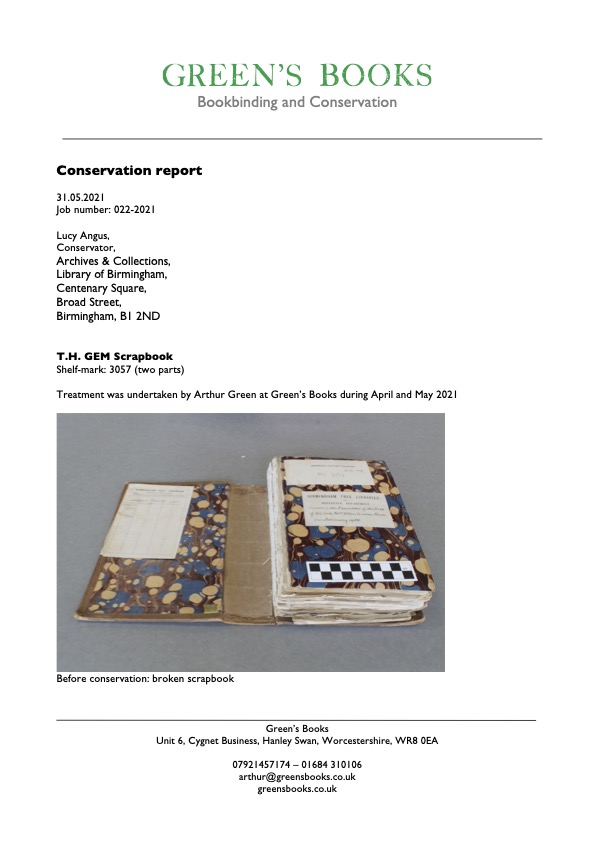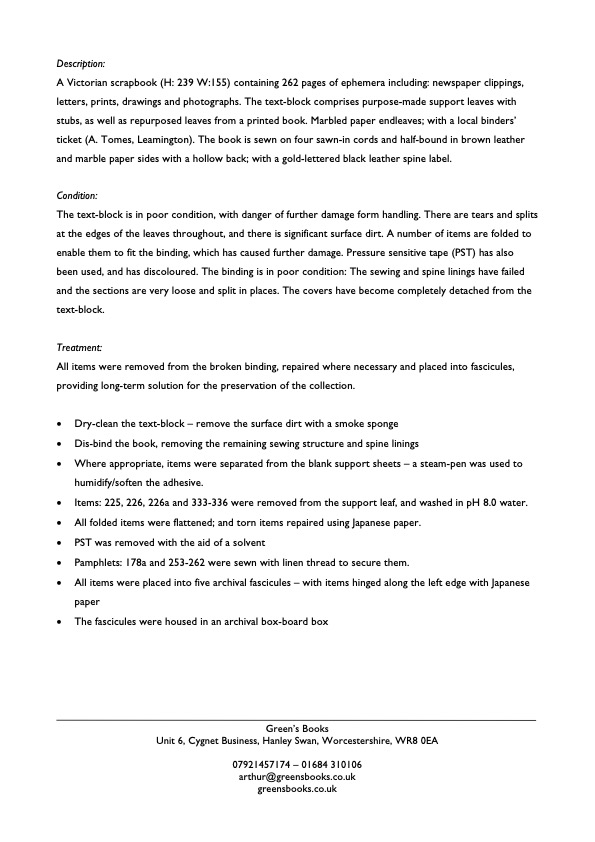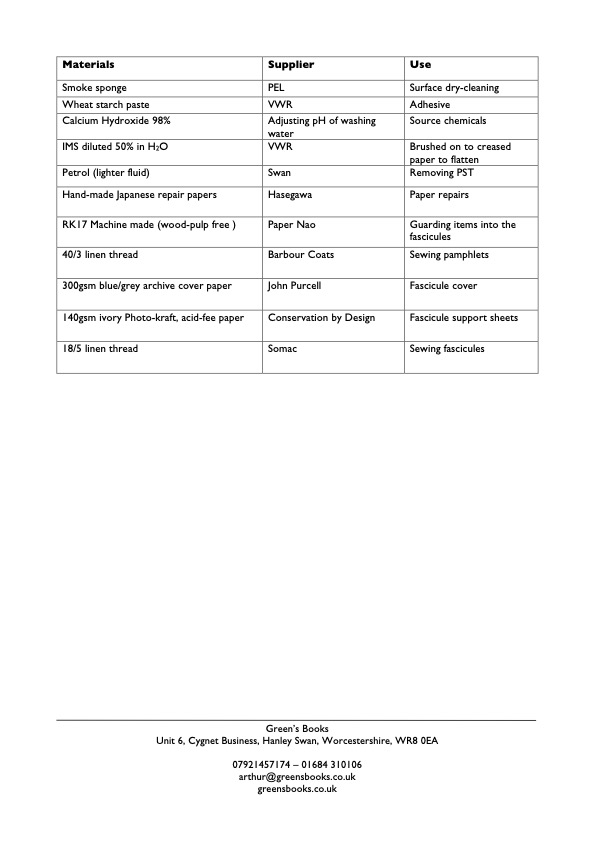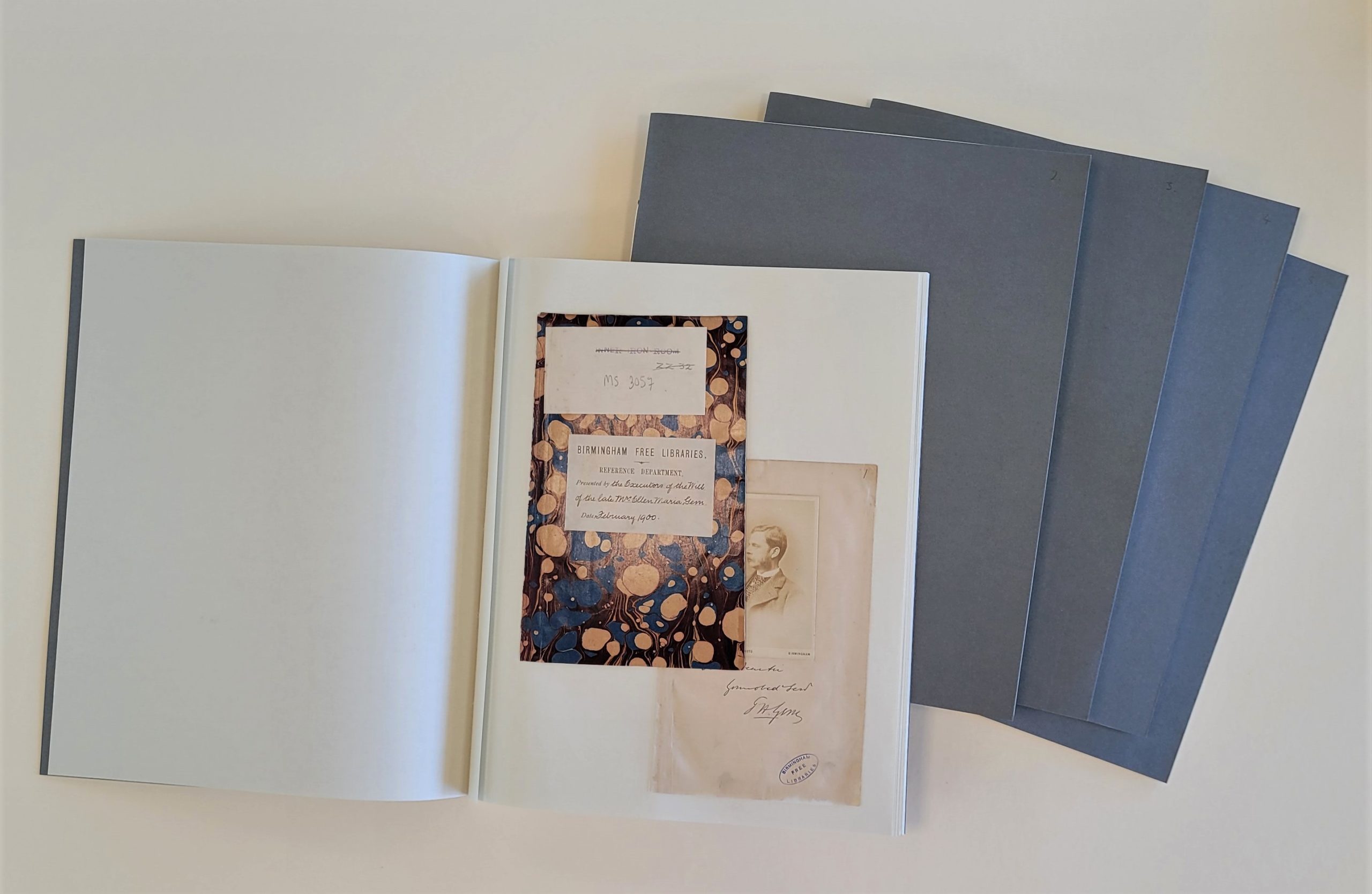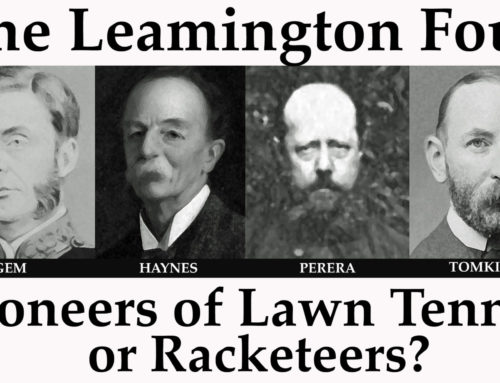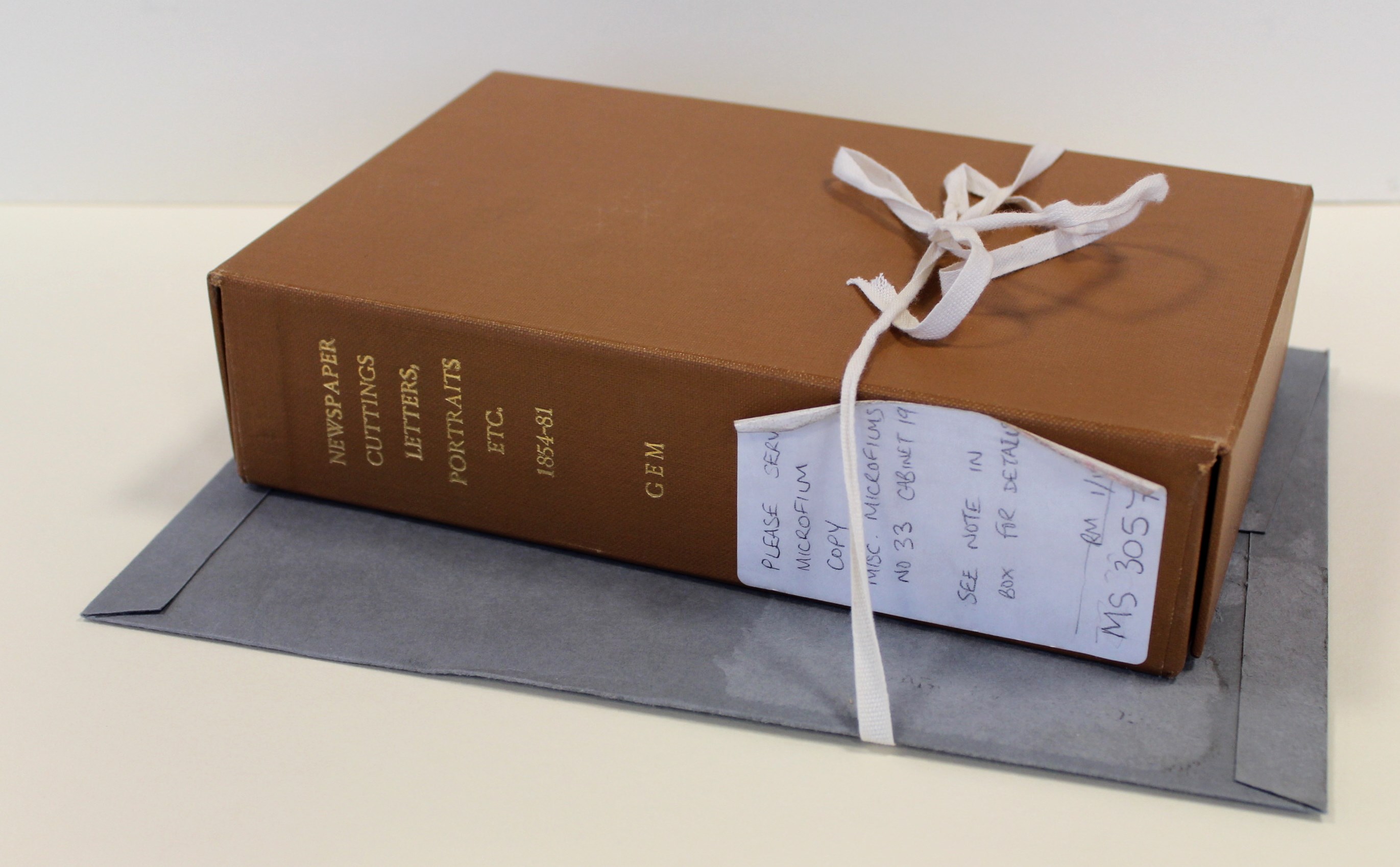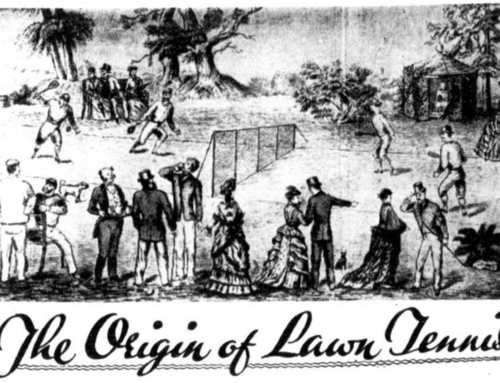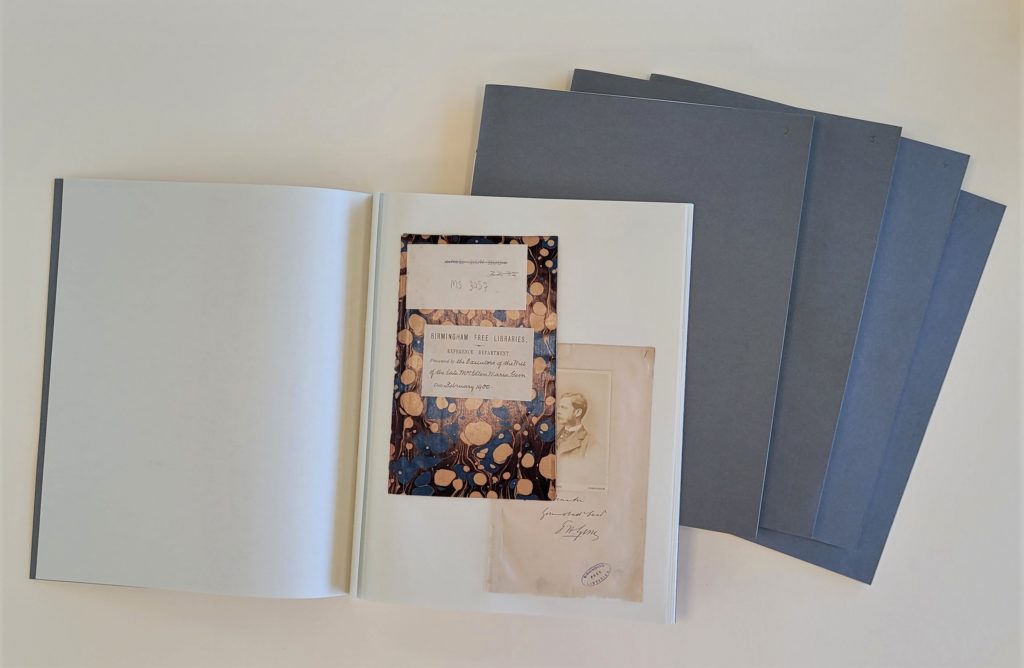
It is a very great pleasure to announce that the conservation work has been completed and the scrapbook is now back home in the Archives at The Library of Birmingham. Many thanks once again to all who contributed to the fund which financed this important work Our thanks also go to Arthur Green, Green’s Books, for his expertise in carrying out the conservation.
Lucy Angus, Conservator, Archives & Collections at The Library of Birmingham commented:
“It is quite a remarkable difference. I was surprised that were so many illustrations within it and you are able to see every page in its entirety (front and back), with handling being straightforward and its future preservation is secured. The fascicules that have been used are the ones that the Bodleian Library use when conserving archival scrap books. All original materials from the original scrapbook have been kept alongside the conserved scrapbook.”
In The Iron Room blog, Lucy wrote:
“…. the scrapbook had sadly seen better days. The cover had become completely detached from the text block, with the letters, illustrations, booklets and newspaper articles becoming torn and weakened. The pages within the scrapbook had significant amounts of surface dirt, the inappropriate use of pressure sensitive tapes to try and repair the binding had yellowed, and the binding itself was loose and split in places. Oversized items in the scrapbook had been folded to fit in the binding which was not ideal. Overall the binding had failed, with the scrapbook unable to be handled without potentially causing further damage.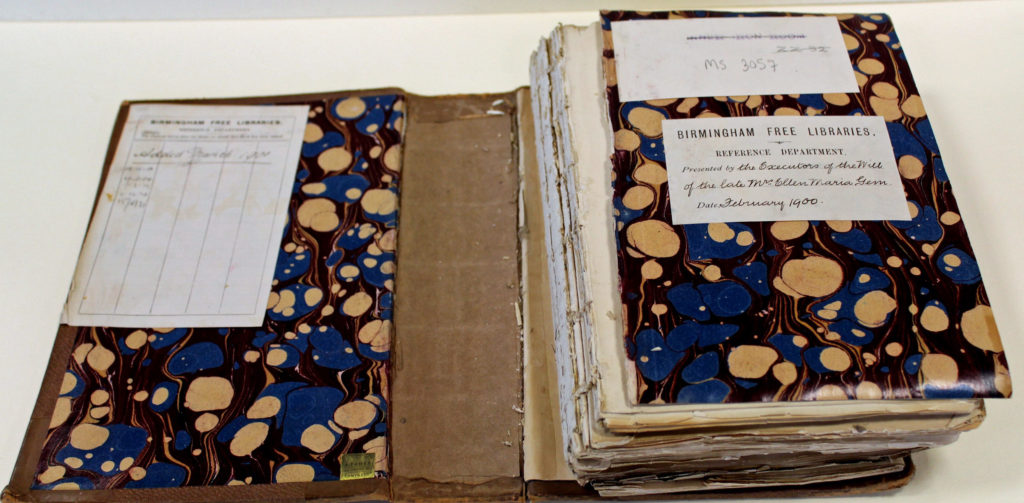
Due to the length of time it would take to treat this object, as well as our limited resources, money was fundraised by ‘The Harry Gem Project’ to enable the conservation treatment. Once the funds were secured, we were able to send the book to Arthur Green, a book conservator, for the volume to be treated. It was decided that rather than try and reattach the cover to the text block and repair the binding, so it was in a handleable state, it was preferable to take the longer-term preservation into account. Repairing the book in the short-term would improve handling but unfortunately the binding would eventually fail again and eventually the cover would become detached from the text-block. It was therefore decided to dis-bind the scrapbook completely and place the pages into fascicules.
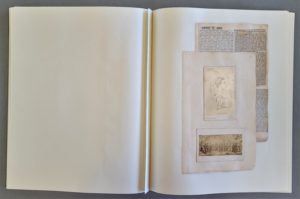
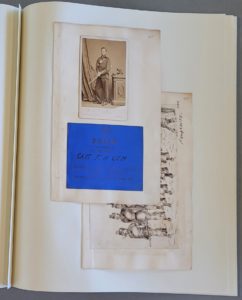
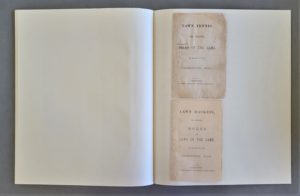
A fascicule is a pamphlet style binding system which enables the safe storage of loose and irregular sized archival objects. First developed at the Bodleian Library in Oxford, the fascicule provides safe storage whilst minimising handling. Fascicules are made up of blank, archival quality paper with hooked guards. The scrap book items are attached using hinges made from Japanese paper and adhered with wheat starch paste onto the pages of the fascicules, usually one or two objects per page. The fascicules are of uniform size, with the pages being larger than the items being hinged in. These larger pages provide protection to the scrap book items as the reader will handle the fascicule pages not the scrap book items themselves.
The conservation treatment has been a great success and has now made Harry Gem’s scrap book accessible to readers and secured its long-term preservation. The scrapbook can now be handled with ease and you are now able to see all items within the scrapbook in their entirety which just wasn’t possible before. We also want to extend our thanks to Robert Holland and The Harry Gem Project who generously fundraised the money to enable the conservation treatment to happen, and to Arthur Green who did a fantastic job of conserving Harry Gem’s scrap book.”